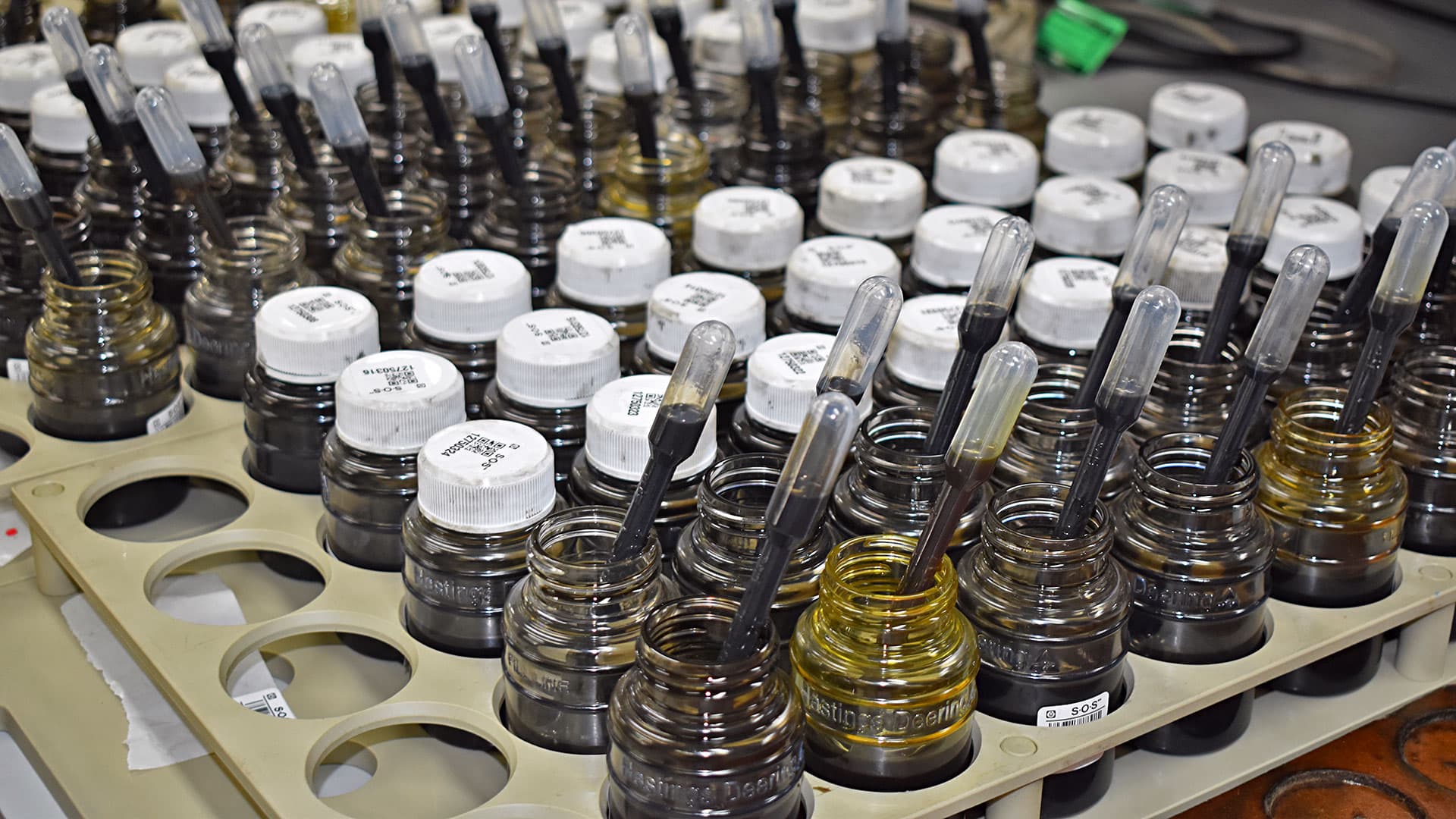Combating oil Varnish with standard testing at Hastings Deering.
Following 6 months of strict testing, the Hastings Deering Laboratory is now able to offer Varnish potential tests as part of its standard Scheduled Oil Sampling (S.O.S) analysis procedures in the SOS13 kit.
Based on the Fluitec World Standard testing for Varnish Deposits, this test previously required up to 200ml of oil for a single test, making it impracticable in the current laboratory processes.
Cameron Hoswell, Product Support Representative Laboratory Services at Hastings Deering said that the team worked on new processes to ensure that they could reproduce this testing in a way that was suitable for customers within the current sample collection processes.
“Essentially, we were looking to develop a means to test for varnish with the normal sample bottles used in our labs, making it easier for our customers to start picking up varnish in oils,” he states. “Its about making this test more accessible.”
“We needed to condense the product down so that we were using less fluid,” he states. “There are too many machines with high varnish levels and issues, so we worked through a lot of tests over 6 months to get this over the line working with representative volumes.”
Working with Karen Brady and Steven Tomovich from the Hastings Deering Lab, Mr. Hoswell said they were able to successfully replicate testing with smaller volumes of fluid.


